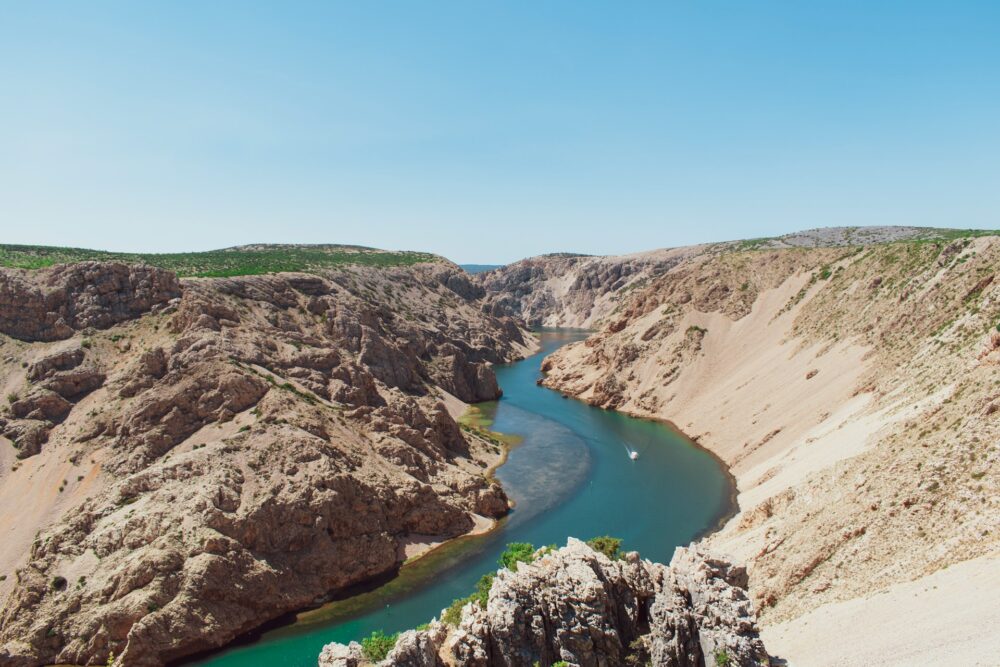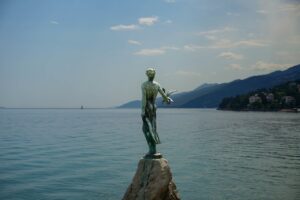Located in the heart of Croatia, the majestic Velebit Mountain stands as a geographical marvel, not just for its breathtaking landscapes but also for its unique role in shaping the climate of the region. Spanning approximately 145 kilometers along the Adriatic coast, Velebit acts as a natural border between two distinct climate zones, creating a fascinating transition from the Mediterranean to the Continental climate.
Geography and Formation
Velebit is the largest mountain range in Croatia, stretching from the northwest to the southeast, and is part of the Dinaric Alps. Its diverse topography includes rugged peaks, lush valleys, and deep canyons, making it a haven for nature enthusiasts and a treasure trove of biodiversity. The geological processes that formed Velebit also contributed to its ability to influence climate patterns in the surrounding areas.
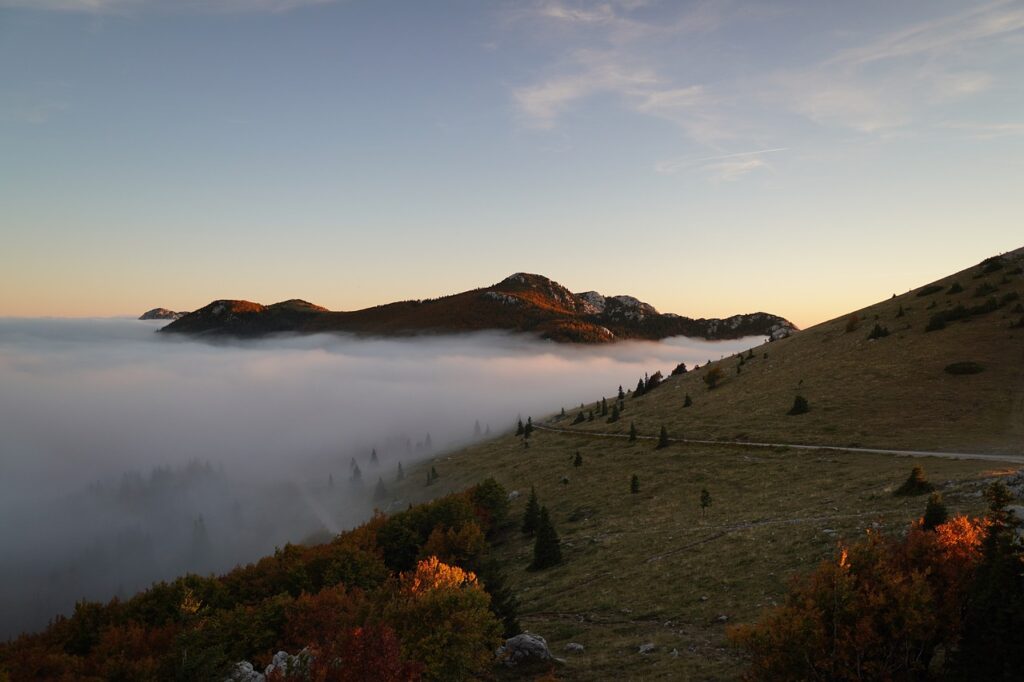
Mediterranean Influence
To the west of Velebit lies the Adriatic Sea, and the mountain range plays a crucial role in modulating the Mediterranean climate that characterizes this coastal region. The sea has a moderating effect on temperatures, resulting in mild, wet winters and hot, dry summers typical of Mediterranean climates. However, as air masses move eastward from the Adriatic, they encounter the imposing barrier of Velebit.
Continental Transition
As these air masses ascend Velebit’s slopes, they transform. The increasing elevation causes the air to cool rapidly, leading to condensation and precipitation. This process significantly impacts the climate on the eastern side of Velebit, creating a transition to a more Continental climate. Continental climates are characterized by more extreme temperature variations between seasons, with colder winters and hotter summers than the coastal areas.
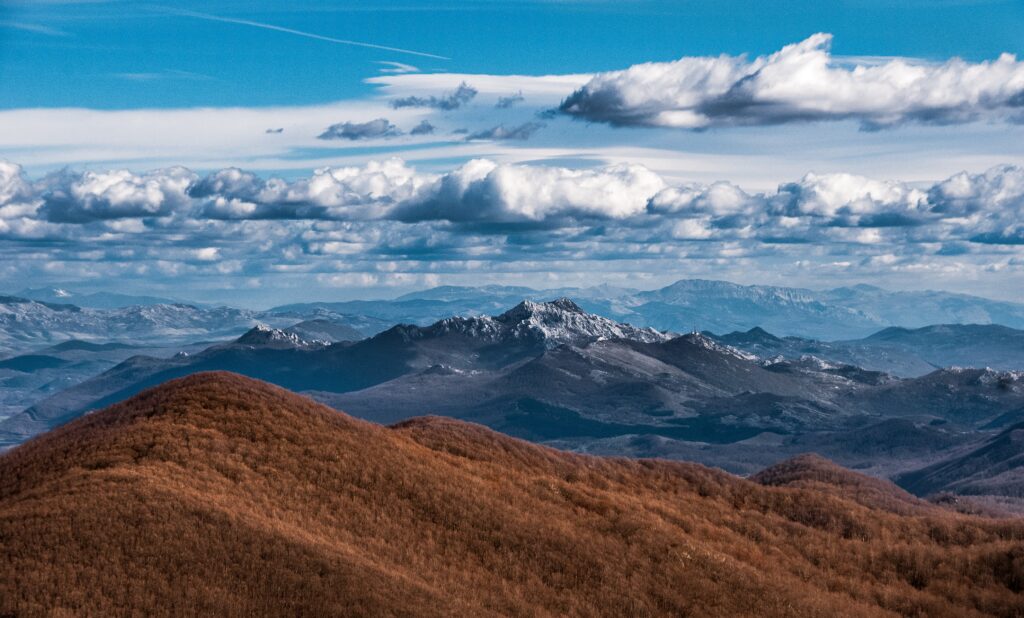
Microclimates and Biodiversity
The diverse microclimates created by Velebit’s topography contribute to the region’s rich biodiversity. The western slopes, influenced by the Mediterranean climate, support a variety of plant and animal species adapted to the milder conditions. Meanwhile, the eastern slopes, with their more challenging climate, host species adapted to colder and more continental environments. The sharp contrast in climate zones within a relatively short distance is a testament to the mountain’s role in shaping the natural environment.
Human Interaction and Conservation
Velebit has long been a source of inspiration for local communities, with cultural and historical significance dating back centuries. The mountain has also been recognized for its ecological importance, leading to the establishment of the Northern Velebit and Paklenica National Parks. These protected areas contribute to the conservation of the unique ecosystems shaped by Velebit’s influence.
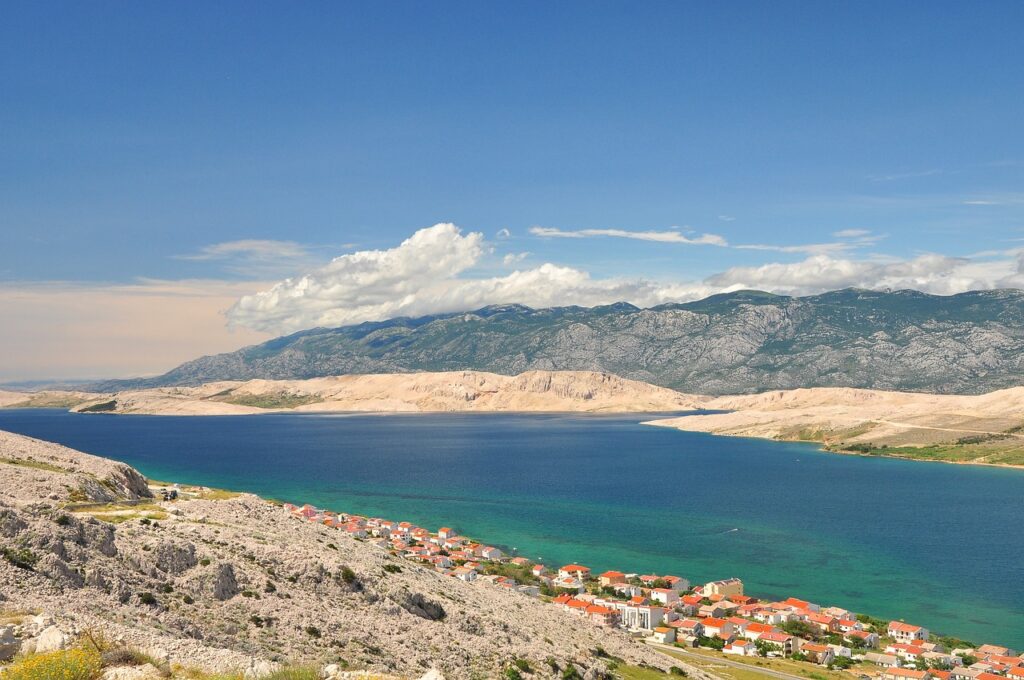
Velebit Mountain in Croatia stands not only as a natural marvel but also as a living testament to the dynamic interplay between geography and climate. Its role in creating a boundary between the Mediterranean and Continental climates has profound effects on the region’s ecosystems, contributing to the rich biodiversity and cultural heritage of Croatia. As we marvel at the grandeur of Velebit, we are reminded of the intricate connections between the natural world and the diverse climates it gives rise to.

